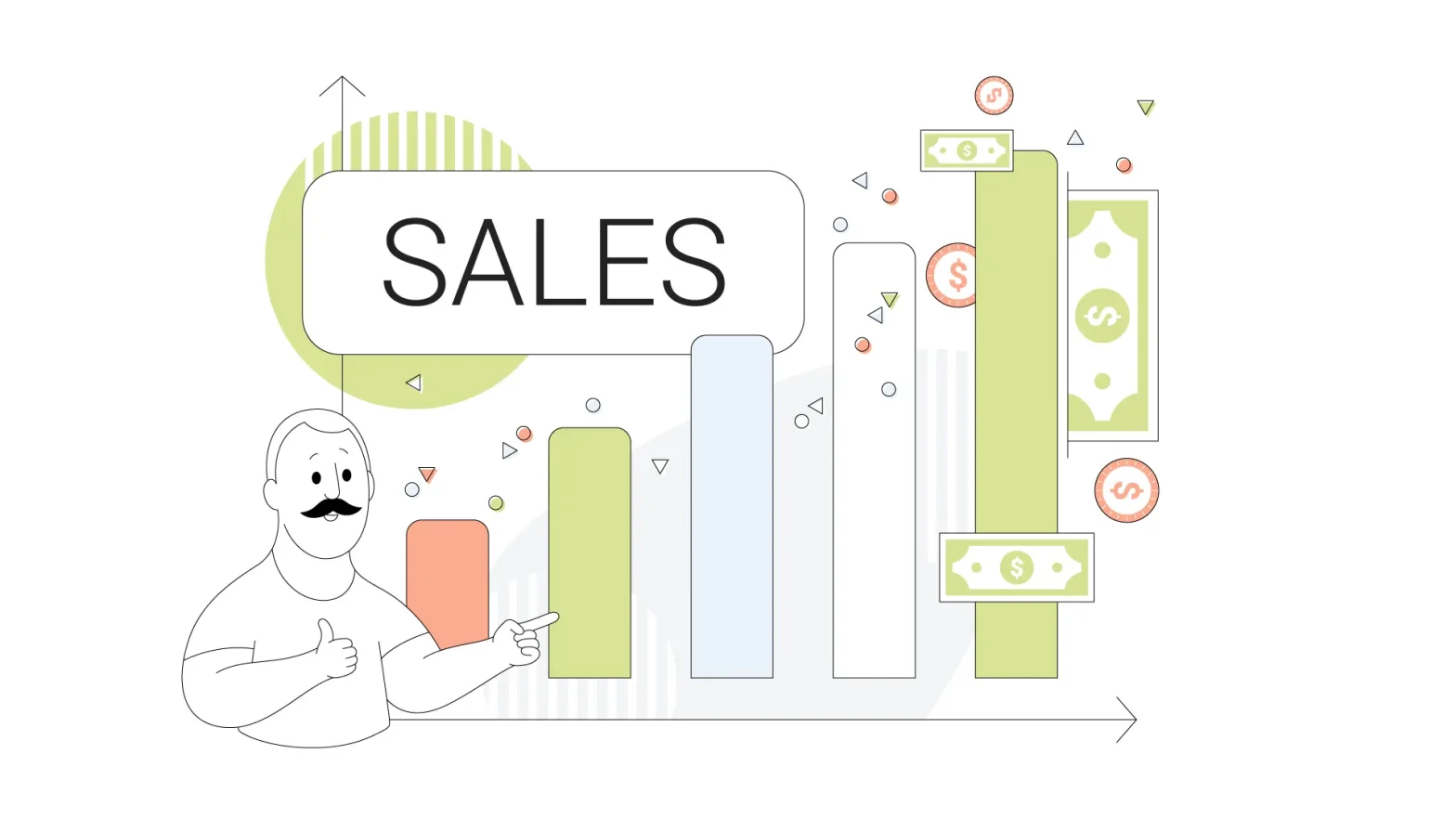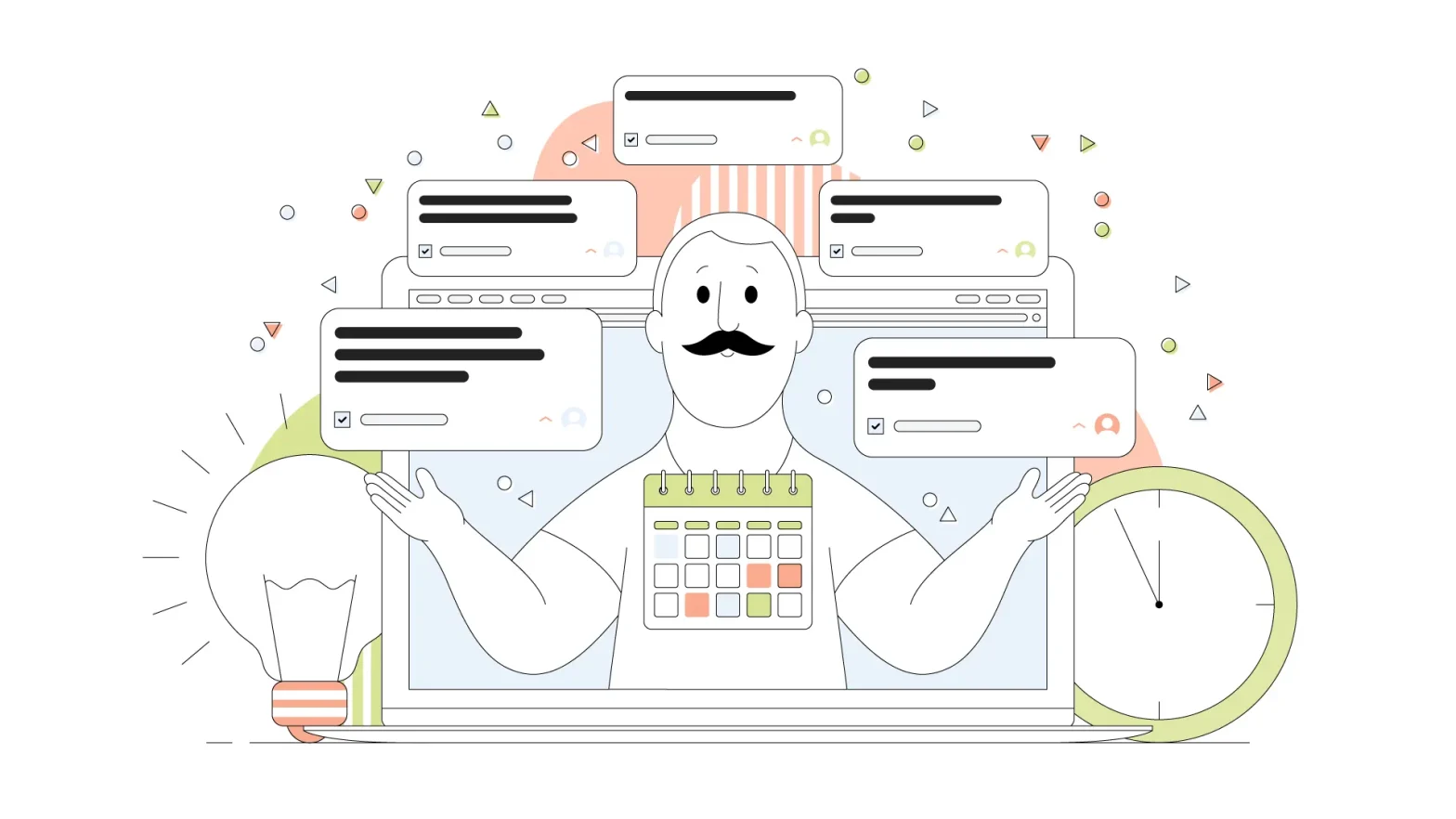A referral program will help your online boutique convert loyal customers into brand ambassadors. With compelling word-of-mouth endorsements, you can easily snag more first-time customers and move them through your sales funnel.
The question is, how do you create an eCommerce referral marketing program?
In this article, we’ll cover the basics of starting a referral program. When yours is up and running, you’ll be amazed at the impact it will have on your business.
READ MORE: How to Start an Online Boutique [Full Guide]
What Is an eCommerce Referral Marketing Program?
An eCommerce referral marketing program is a way of trading discounts for referrals. When a brand advocate refers someone to your online store and the person makes a purchase, the referrer and the person referred are awarded a discount.
Think about the last time you learned about a new restaurant, Etsy shop, or online boutique. There’s a good chance it was through a word-of-mouth referral—a friend or family member might have mentioned the business and encouraged you to make your first purchase.
In a situation like that, it’s common to trust the person’s advice, especially when they’re adamant that you’ll love the business as much as they do.
Most referrals happen like that, organically, but a business can also facilitate the process through an eCommerce referral marketing program. Unlike organic word-of-mouth, a referral program provides brand advocates with incentives in exchange for successful referrals. These incentives may include discounts, freebies, exclusive offers, and cash rewards.
For example, an online health and wellness store, Maude, gives referred first-time customers $5 off as an incentive for their first purchase. If the customer makes a purchase, the brand advocate will receive a $5 reward.
Source: https://reallygoodemails.com/emails/get-5-off-for-every-friend-you-refer
Since brand advocates are rewarded for their endorsement, they’ll be more likely to share their thoughts about your product with their friends. In turn, friends also receive an incentive to make their first purchase. It’s a win-win situation!
How to Launch an eCommerce Referral Program
Now that you understand what an eCommerce referral marketing program is, let’s discuss how you can successfully launch your own. This section presents eight steps that will get your referral program up and running fast.
Step 1. Learn More about Your Customers
The first step in creating a referral program is to learn as much about your customers as possible. Doing so will allow you to tailor your program for maximum effect.
To really get to know your customers, you should use CRM software. It can help you establish and maintain great customer relationships. CRM (customer relationship management) software will make it easier to collect important data about people who are communicating with your brand via the web, email, or phone.
Getting to know your customers and being able to take a high-level view of your customer base will allow you to identify an incentive that will motivate them. Segmentation plays a major role in this approach, as different parts of your customer base may require different incentives.
CRM can also help you understand the customer journey. You should trace the steps that your customers (both referring and referred) take and examine how many of those steps contribute to conversion.
The only way to understand what happens when someone becomes a new customer is to learn as much about your existing customer base as possible. Doing so will help you select the referral incentive that will get the best results. That’s the topic of the next section.
Step 2. Determine the Reward You’ll Offer
After you’ve gained insight into your customer base, it’s time to pick a reward that will convince brand advocates and referred friends to finish the process. There are business intelligence tools that can help you select an effective incentive.
For brand advocates, persuading loved ones to make a purchase takes time and effort, so the reward better be worth it. For the referred person, the incentive you offer may play a big part in determining whether they make a purchase.
Here are some questions to consider when choosing your incentives:
- What incentives will your brand advocate love?
- What incentives will your new customer love?
- Are the referral rewards aligned with your brand and business?
- Will customers be motivated to make a repeat purchase from your business?
The answers to these questions will determine the structure and incentives of your referral program.
There are many potential rewards that will delight your customers, but some types of rewards may be more effective than others, based on your business model. Let’s look at some of the most popular options.
Discounts
Offering a discount is ideal for online boutiques that rely on repeat purchases, like those in the fashion or food industry. A discount primes both brand advocates and referred friends to make a purchase, and, as planned, you’ll snag a new customer in the process.
WoolOvers rewards customers and their friends with a 20% discount for finishing the referral process.
Source: https://referralmarketingschool.org/program-example/woolovers/
Cash
Some online boutiques rely on large one-time purchases because their products have a long lifespan. For example, we only buy new mattresses or furniture every few years. For these types of businesses, cash rewards are more effective at persuading brand advocates and their friends.
Look at Leesa, for example. The mattress company’s referral program gives brand advocates $75 for referring their friends. An offer this generous may even encourage customers to act as a salesperson for the brand.
Source: https://www.leesa.com/pages/refer-a-friend
Custom Rewards
Freebies or exclusive products may motivate your brand advocates to go the extra mile. After all, everyone loves free products!
Riff Raff & Co, a toy retailer for kids, utilizes custom rewards by offering free toys in exchange for five successful referrals. This motivates parents to give referrals to online groups and other parents within their network.
Source: https://www.referralcandy.com/blog/shopify-referral-programs/
Step 3. Select a Referral Program Tool
Attempting to manually set up, run, and monitor a referral program would be a nightmare. Instead, you should use eCommerce referral marketing software.
Tools like ReferralCandy can centralize and automate the process of sending emails for referral program sign-ups and rewards. You can simply configure your referral program and the tool will execute it, requiring minimal effort on your part.
Source: https://www.referralcandy.com/
Check out ReferralCandy or any of the other available tools. Most offer a 30-day free trial. We’ll save you some time—don’t bother looking for a free tool for managing your referral program. Given the nature of the tool, it’s not surprising that the makers know how to monetize their product. While you’ll have to pay a monthly fee, the cost can be justified easily, as the new business your boutique gets will more than cover the cost of running the referral program.
Step 4. Design Your Referral Program
Most brand advocates have a wealth of experience in browsing your online store and buying your products. On the other hand, their referred friends and family will be encountering your brand for the first time. A referral program must be able to entice first-time customers. This is done by making a good first impression and communicating the perks of buying from your online boutique.
It’s important that you use a catchy slogan. Most customers and brand advocates don’t have time to read the fine print. Your outreach must communicate the perks of the referral program at first glance.
Many referral programs use catchy headlines and slogans to describe the benefits of participating.
Here are a few standout examples:
- Get 30% off for referring a friend!
- Give $15, Get $15
- Tell your friends, earn free months!
Greats, an online shoe retailer, lets brand advocates give $40 off to their referred friends and get $40 off for their next purchase. Just by reading their “Give $40, Get $40” slogan, readers can instantly understand the rewards being offered.
Source: https://www.tidio.com/blog/how-referral-programs-can-help-your-small-e-commerce-business/
It will also help if you use engaging images. Consumers are drawn to eye-catching visuals of the product. You should consider including professional product photos and interactive graphics for your referral program.
A good design can motivate brand advocates and customers to read your email or stay on your referral program landing page. It will also help you create a positive first impression of your brand. Streamline the process that your customer will follow; using a custom QR Code can make it easy for them to learn more about your referral program and sign up.
Let’s look at another example. Uber Eats’ referral email has pictures of mouth-watering hamburgers. Upon viewing the image, the reader’s attention immediately shifts to the $20 off reward.
Source: https://reallygoodemails.com/emails/smiles-davis-20-off-your-next-meal-through-sunday
Step 5. Create a Default Sharing Message
Most referral programs provide participants with a unique referral code they can share via social media, emails, or private messages.
When people share the code, what will they say about the product and the deal? Not all your brand advocates have a way with words, so you should give them a default sharing message that they can easily copy and customize.
DoFasting, a dieting app, has a default sharing message that includes the incentives for referred friends, as well as the referral link.
Source: https://twitter.com/clifford_mr/status/1319516066133966848
Step 6. Invite Customers to Join Your Referral Program
You’ll have to let customers know that your referral program exists. Most referral programs are open to anyone, but you should invite your current customers first. Since they use your products, they’re the best brand ambassadors for your business. Send them a referral email and encourage them to sign-up.
Glossier’s “Friends with Benefits” email encourages readers to spread the word in exchange for $10 in-store credit. All they need to do is to get their link, and “everyone will be happy.”
Source: https://www.pinterest.ph/pin/231513237074657966/
Sending invitations to your current customers is a no-brainer. Should you send invitations to non-customers as well? Is taking the extra step worth it? The answer is yes.
If you select prospects based on their similarity to your current customers, outreach to a group of non-customers can be extremely effective. This process is known as cold emailing and it’s a strong marketing strategy for many businesses. You just need to make sure you’re contacting the right people, then come up with an attention-grabbing cold email subject line. In the email body, send a message that compels the reader to sign up for your program. You can also send a follow-up email if they don’t respond to your initial invite email.
Another way to inform your customers and site visitors about your referral program is to use a pop-up or chatbot that will display the information the moment they enter your website. Speaking of websites, if you haven’t launched your online boutique yet, you should check out HostPapa’s WordPress hosting for online boutiques.
Step 7. Thank Customers for Successful Referrals
Referrals sound simple but they require time and effort. Even if we’re close to our family and friends, convincing them to try a new brand is not always easy. As a result, if a brand advocate succeeds, you should send a thank you email.
Tell the referrer that you appreciate their role in the growth of your online boutique. For example, Massdrop thanks customers and simultaneously rewards them with a $10 referral credit. This gesture lets customers know that their endorsement and patronage are appreciated.
Source: https://reallygoodemails.com/emails/a-friend-you-referred-just-joined-massdrop
Step 8. Monitor Referral Program Results
As with any marketing campaign, you have to monitor analytics and track your referral program results. You can use available metrics to adjust your referral strategy based on the outcome.
Here are the metrics you need to know:
Participation rate—The number of people who have signed-up for your referral program. A low participation rate means you need to ramp up your marketing efforts to boost membership. Consider customizing your landing pages or referral emails.
Share rate—The number of brand advocates that share your referral program. It may also refer to the number of personalized links that your advocates shared. This metric examines the effectiveness of your incentives in persuading brand advocates and customers to purchase.
Friendbuy reports these stats about share rate:
- 7% – poor result
- 15% – okay result
- 30% – amazing result
Clickthrough rate—The percentage of referral links that led to clicks and visits to your website or online store. To improve your results, modify your CTAs or use a platform to A/B test your landing pages or emails.
Conversions—The value generated by your eCommerce referral marketing program. Understanding this metric will help determine the profitability of your efforts in terms of CPA (cost per acquisition) and ROI (return on investment).
Friendbuy reports the following about referral conversion rates:
- Less than 4% – poor result
- 10% – okay result
- More than 15% – amazing result!
Each of these metrics helps you analyze the effectiveness of your referral marketing efforts, but analyzing your conversion is what reveals whether your efforts have led to tangible results.
Launch Your eCommerce Referral Program Today!
Referral marketing can be a key asset to your customer acquisition process. If you follow the steps we’ve covered here, you’ll find that it’s easy to start an eCommerce referral marketing program.
Begin with a solid understanding of your customers, that way, you’ll be able to select an incentive that will motivate them. An automated referral program tool can help you build and launch a referral program within minutes.
We hope this guide helps you launch your referral program and that it brings in hundreds of new customers for your online boutique!




